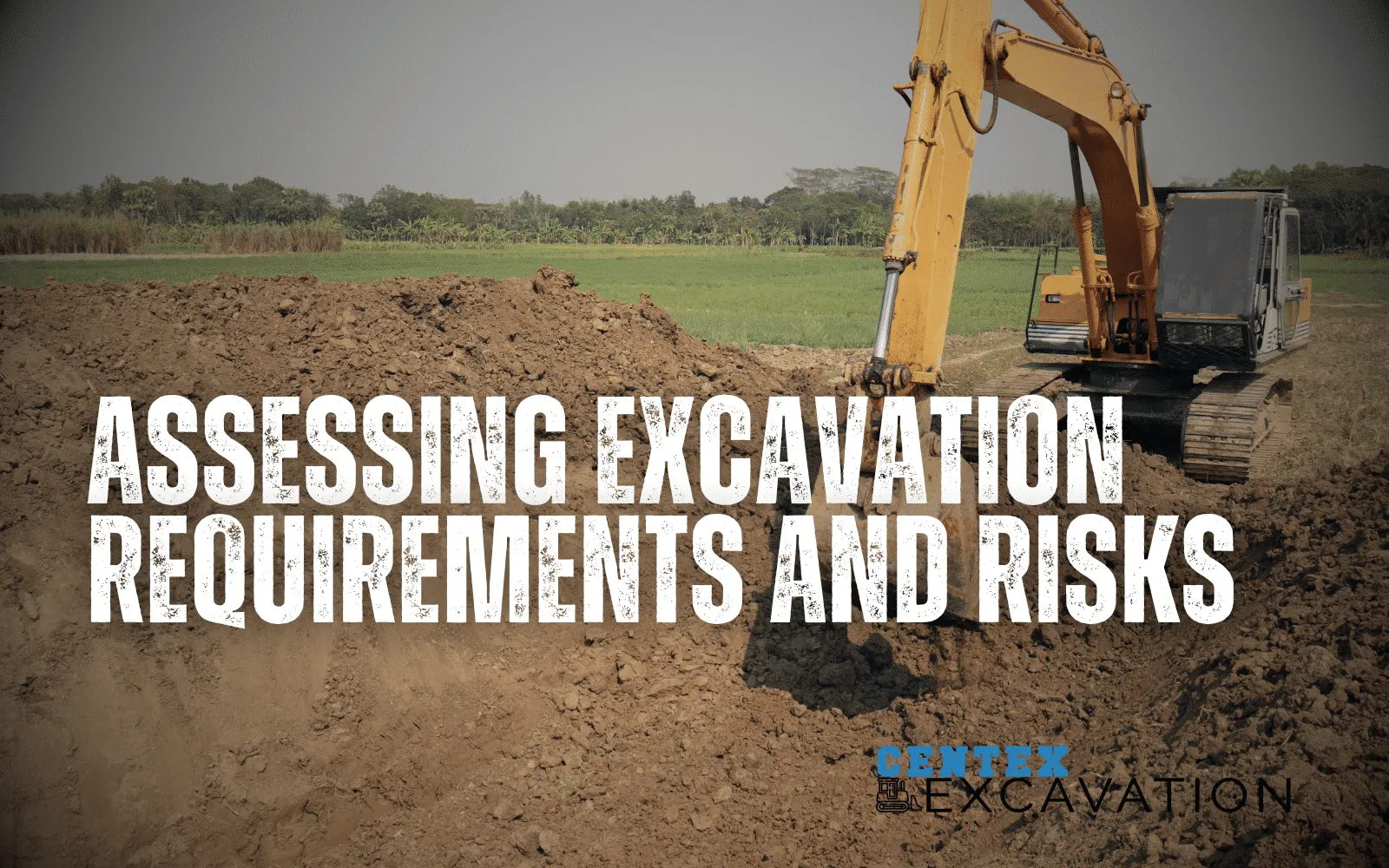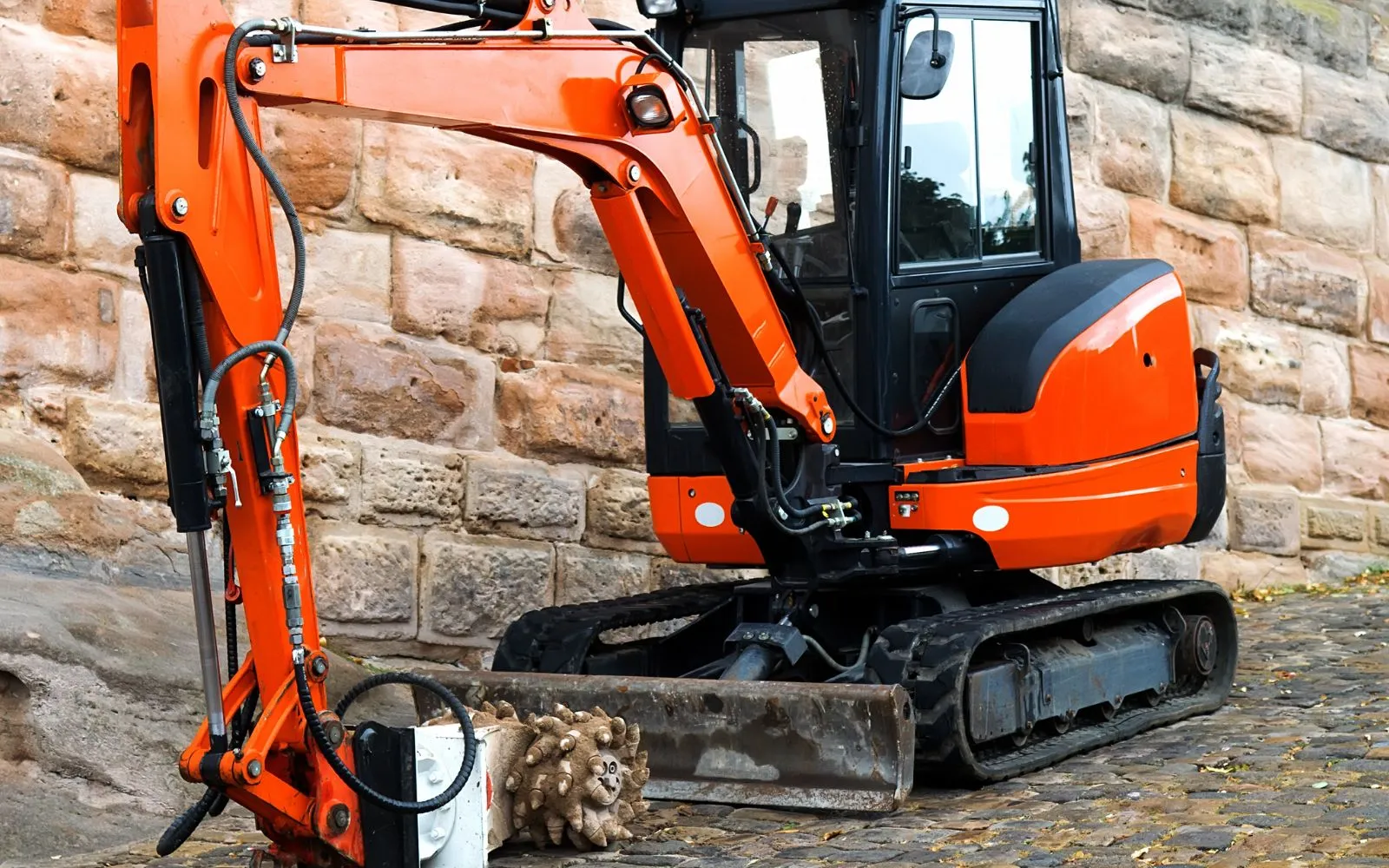Excavator Daily Maintenance Checklist: 7 Must-Do Steps For Optimal Performance

Have you ever experienced the frustration of an excavator breaking down in the middle of a project? It can be a major setback, causing delays and costing you precious time and money. But what if I told you that there's a simple solution to minimize these breakdowns and keep your excavator running smoothly day after day? It all comes down to one word: maintenance. Yes, that's right. A daily maintenance checklist is crucial to ensuring the optimal performance of your excavator and avoiding costly repairs.
I can hear some of you thinking, "But who has the time for daily maintenance? I'm already juggling multiple tasks and deadlines!" Trust me, I understand the demands of a busy construction site. But here's the thing: neglecting daily maintenance can cost you more in the long run.
Like any other machinery, excavators need regular care and attention to operate at their best. And that's why today, we will share a simple, step-by-step checklist for maintaining your excavator daily. These are the same steps our technicians and experts use for our excavators on job sites.
Following these seven must-do steps, you can keep your excavator in top-notch condition, avoiding unnecessary breakdowns and maximizing its lifespan.
Understanding the importance of daily maintenance for excavators.
When it comes to heavy machinery like excavators, daily maintenance is not just an option - it's a necessity. We all know that regular maintenance can help prolong the lifespan of any equipment, and excavators are no exception. Think of it this way: you wouldn't go for a long drive without checking the oil or filling up the gas, right? Well, an excavator is no different.
Imagine you've got a big construction project lined up, and your trusty excavator suddenly breaks down in the middle of the job. That's not only going to cause costly delays but also frustration and stress. But here's the thing: regular daily maintenance can prevent most excavator breakdowns. By taking the time to check, inspect, and maintain your machine daily, you can greatly reduce the risk of unexpected breakdowns and keep your excavator running smoothly, day in and day out.
Now, you might be wondering what exactly this daily maintenance entails. Well, don't worry; we've got you covered. The following sections will walk you through a comprehensive checklist of the seven must-do steps for optimal excavator performance.
Step 1: Conduct a visual inspection of the excavator.
One of the most crucial steps to begin with, is a visual inspection. This might sound simple, but trust me, it can save you from countless headaches in the future.
So, when it's time for your daily maintenance routine, take a moment to examine your excavator carefully. Pay attention to any signs of damage like cracks, dents, or leaks. Check the hoses, pipes, and cylinders for any irregularities. Also, keep an eye out for loose bolts or broken connections. You can address potential issues promptly and avoid expensive repairs or accidents by spotting them early on.
We like to walk around our excavators, starting at the front and working clockwise. That way, you can cover all areas and catch any changes or abnormalities.
Remember, visual inspection is all about being observant and proactive. Take your time to inspect every nook and cranny, and make a mental note of anything that requires attention. If you spot something that raises a red flag, don't hesitate to take action – inform your supervisor and get it fixed right away.
Step 2: Check and top-up fluid levels.

After conducting a thorough visual inspection of your excavator, it's time to move on to the next crucial step in your daily maintenance routine: checking and topping up fluid levels. You see, just like we need fluids to keep our bodies functioning properly, excavators also rely on various fluids to operate at their best.
Neglecting to maintain proper fluid levels can lead to major issues and even jeopardize your machine's overall performance and longevity.
Think of it this way. You're working on a construction site, eagerly digging away with your excavator. Suddenly, the machine starts stalling, hesitating, and showing signs of decreased power. Frustrated and puzzled, you call in a technician to diagnose the problem.
As it turns out, the hydraulic fluid level was critically low, causing the excavator's hydraulic system to struggle and malfunction. A simple check and top-up of the fluid could have prevented this entire ordeal and saved a lot of time, money, and headaches.
Regularly checking and topping up fluid levels is essential to avoid finding yourself in a similar predicament. Start by referring to your excavator's manual to identify the specific fluids that need attention, such as hydraulic fluid, engine oil, coolant, and brake fluid.
Then, with the machine parked on level ground, open each fluid reservoir one at a time and visually inspect the levels. If fluids are low, gently and steadily pour in the appropriate fluid until the level reaches the recommended mark. Remember, having slightly more fluid than less is better, but be careful not to overfill.
By diligently checking and topping fluid levels, you ensure your excavator stays properly lubricated, cooled, and protected against potential damage. This simple yet crucial step will keep your machine operating smoothly, reducing the risk of breakdowns and costly repairs.
Step 3: Inspect and clean air filters.
Inspecting and cleaning air filters is crucial for maintaining optimal performance in your excavator. Clogged air filters can restrict airflow to the engine, reducing power and efficiency. You can prevent costly repairs and breakdowns by incorporating a simple inspection and cleaning routine.
To begin, visually inspect the air filter for any signs of damage, debris, or excessive dirt accumulation. Check for tears, holes, or loose connections. If you notice any issues, it's best to replace the filter immediately.
Next, carefully remove the air filter from the excavator. Take a closer look to see if it's covered in dirt or debris. Gently tap the filter to dislodge any loose particles. If the filter is heavily clogged, you may need to use compressed air to blow out the dirt. Ensure to direct the airflow opposite to the normal direction for thorough cleaning.
Once the air filter is clean, inspect the housing for dust or debris. Wipe it down with a clean cloth or vacuum cleaner to eliminate any remaining particles.
We always recommend changing the air filter every 100 hours or every six months - whichever comes first. This is an important part of preventive maintenance and will keep your excavator running at its best.
Inspecting and cleaning the air filters is especially important in dusty or dirty work environments. Doing so guarantees that your excavator's engine receives the necessary amount of clean air, promoting efficient combustion and preventing potential damage. It's a small task that can significantly impact the longevity and performance of your machine, so don't overlook it and make it a part of your daily maintenance routine.
Step 4: Grease the moving parts.

Like how we apply lotion to keep our skin moisturized, greasing the moving parts of an excavator ensures smooth operation and reduces wear and tear. It's like giving your machine a well-deserved massage!
Greasing the moving parts involves applying lubrication to components such as the boom, arm, bucket, and swing mechanism. This helps to reduce friction and heat generated during operation, preventing premature wear and extending the lifespan of your excavator. Trust me, your machine will thank you for it.
A friend of mine, Mark, owns a construction company and neglected to grease the moving parts of his excavator. The result? The boom started to squeak and seize up, making maneuvering difficult. What a nightmare. Not only did he have to halt work on the construction site, but he also had to pay for expensive repairs.
So, don't make the same mistake as Mark. Regularly greasing your excavator's moving parts can avoid costly breakdowns and keep your machine running smoothly. Remember, a little bit of grease goes a long way in preserving the performance and reliability of your excavator.
Step 5: Inspect and tighten loose bolts and connections.
Inspecting and tightening loose bolts and connections is a crucial step in the daily maintenance routine of an excavator. It ensures the machine operates smoothly and avoids any unexpected breakdowns while on the job.
When we talk about inspecting bolts and connections, we refer to all the joints, hinges, and fittings on your excavator. Take a close look at the attachments, hydraulic hoses, and other parts susceptible to loosening due to the constant vibrations and movements. Ensure also to check the bolts and connections holding the tracks together. Pay attention to any signs of wear, such as rust or excessive play in the joints.
Once you've identified any loose bolts or connections, it's time to tighten them up. Grab your wrench and tighten each one just enough to secure it, taking care not to overtighten and risk damaging the threads. Some bolts have required torque specifications, so make sure to check the manual for reference.
Remember, excavators are robust machines, but they are not invincible. Regularly inspecting and tightening loose bolts and connections is like keeping the bones of your excavator strong and sturdy. By doing so, you're ensuring that it can handle the toughest tasks with ease and efficiency.
Step 6: Check and replace worn-out or damaged parts.
This step is crucial in ensuring that our excavator continues to perform at its best and minimizes the risk of breakdowns or accidents on the job site.
First, closely examine the key components of your excavator, such as the bucket, boom, and tracks. Look for signs of wear and tear, such as cracks, dents, or excessive joint play. These issues can affect the stability and functionality of the excavator, so it's important to address them promptly. This is much like the first step, but now we're diving deeper.
Another area to inspect is the hydraulic system. Check for leaks or damaged hoses that might compromise the excavator's ability to lift and move heavy loads. A visual check can save you from potential hydraulic failures and costly repairs.
If you notice any worn-out or damaged parts during your inspection, it's time to replace them. Make sure to use high-quality replacements that meet the manufacturer's specifications. By replacing these parts proactively, you can prevent more significant problems from occurring and extend the lifespan of your excavator.
Remember, keeping a well-maintained excavator not only guarantees optimal performance but also ensures the safety of everyone on the job site.
Step 7: Keep a record of maintenance activities.
This step may seem like a low priority, but trust us, it's crucial for ensuring the optimal performance and longevity of your excavator.
By maintaining a record of your maintenance activities, you'll have a clear overview of everything done when it was done, and any potential issues that may have been addressed.
This documentation can serve as a valuable reference for future maintenance tasks and help you determine when certain components or systems need more attention.
Additionally, keeping a record of maintenance activities can be useful when it's time for resale or trade-in. Potential buyers or dealers will be impressed by your diligent maintenance efforts, and having a detailed log can increase the value and desirability of your excavator.
So, grab a notebook or create a digital spreadsheet to track the date, maintenance task performed, and any relevant details for each maintenance activity. Keep a record of it all, whether it's an oil change, filter replacement, or component inspection. You'll thank yourself later when it saves you time, money, and headaches.
Remember, excavator maintenance isn't just about taking care of the machine at the moment; it's about creating a lasting relationship between you and your excavator.
Keeping a record of maintenance activities is essential to that relationship, helping you stay on top of your excavator's needs and ensuring its optimal performance for years to come.
Keep your excavator in tip-top shape.
Folks, maintaining your excavator daily is crucial. Trust us, we know the temptation to skip those maintenance tasks can be alluring, but doing so can lead to costly repairs and unexpected downtime. By following this 7-step checklist, you'll be well on your way to optimal excavator performance.
By following these 7 essential steps, you'll keep your excavator operating at its best, avoid costly repairs, and ensure your productivity stays on track. Remember, taking care of your excavator is like caring for a loyal partner - they'll always have your back when needed.









